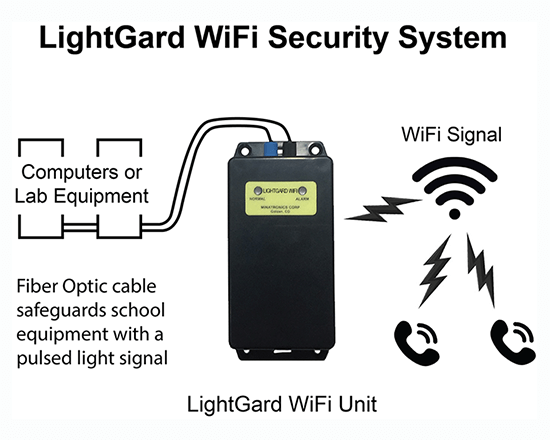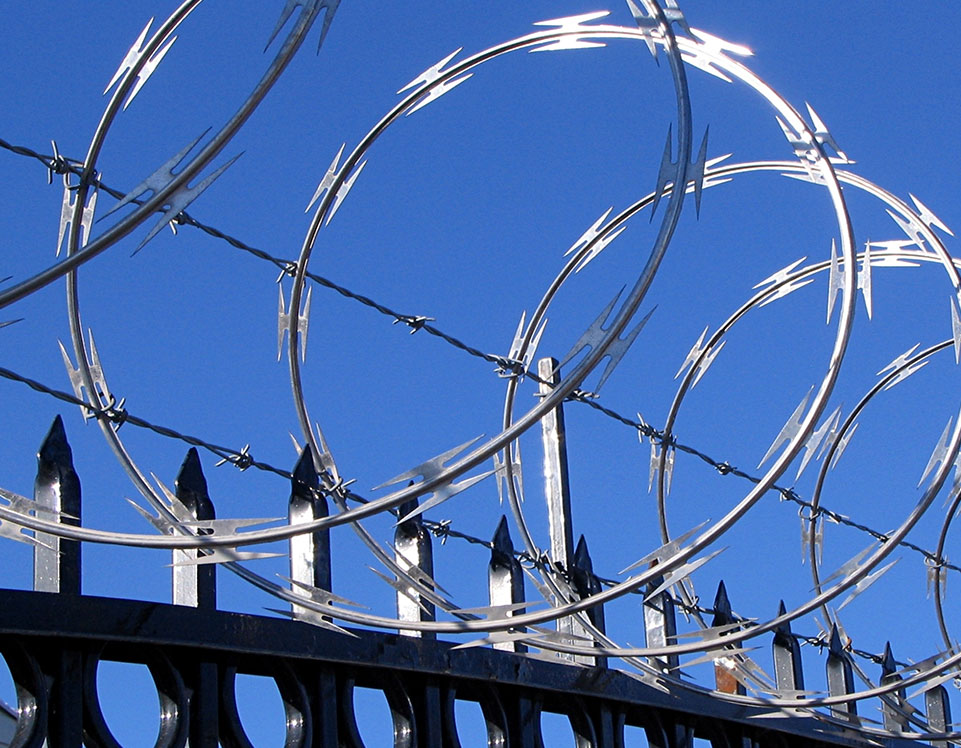Setting Up a Fiber Optics Infrastructure for Security Installations in Commercial Spaces
Setting Up a Fiber Optics Infrastructure for Security Installations in Commercial Spaces
Blog Article
The Ultimate Guide to Fiber Optic Safety And Security Solutions for Your Company
In an era where safety and security worries are paramount for businesses, understanding the ins and outs of fiber optic innovation can be transformative. This guide details exactly how incorporating fiber optic safety systems not just improves data security but likewise supplies benefits like resistance to interference and real-time monitoring capabilities.
Comprehending Fiber Optic Innovation

The core of a fiber optic wire is composed of a thin glass or plastic center, bordered by a cladding layer that shows light back into the core. Single-mode fibers are created for long-distance transmission, while multi-mode fibers are suitable for shorter ranges, typically used within structures.
Optical fiber are not just faster but additionally more safe than typical electrical wiring. Their fundamental resistance to electro-magnetic disturbance and the difficulty of tapping right into the signal without detection make them a recommended selection for businesses prioritizing information stability and security. As organizations increasingly count on protected and effective interaction systems, recognizing fiber optic modern technology ends up being crucial for notified decision-making.
Secret Advantages of Fiber Optic Safety
When taking into consideration safety and security choices for a service, the advantages of fiber optic systems are particularly engaging. Fiber optic technology offers remarkable information transmission rates and data transfer capability, making it perfect for handling high-resolution video clip feeds from security video cameras. This capacity ensures that safety workers obtain real-time information, boosting overall reaction times to potential security hazards.
Moreover, fiber optic cords are inherently immune to electro-magnetic interference, which can compromise the stability of traditional copper-based systems. This resistance makes certain that the data transmitted remains protected and uninterrupted, giving a much more dependable safety framework. Furthermore, fiber optics are much less vulnerable to physical damage, as they are made from glass as opposed to metal, reducing upkeep prices and downtime.
One more substantial benefit is the raised scalability of fiber optic systems. As company requirements advance, fiber networks can be quickly increased to accommodate additional safety devices without considerable overhauls to the existing framework. Fiber optic systems use boosted cybersecurity features, consisting of security capacities that shield sensitive data from unauthorized accessibility. Collectively, these advantages make fiber optic security systems a robust option for businesses looking for to improve their protection measures.
Installation Process and Considerations
Taking into consideration the intricacies involved, the installation process of fiber optic security systems requires mindful planning and execution. The initial step involves a thorough site assessment to identify optimal locations for cabling and devices. This analysis needs to take into consideration ecological aspects, existing infrastructure, and possible internet susceptabilities.

In addition, the installation must follow neighborhood structure codes and sector standards. This might consist of coordinating with numerous stakeholders such as structure managers, IT groups, and security workers to ensure seamless integration with existing systems.
Post-installation, strenuous testing is essential to confirm system performance and recognize any kind of concerns that may emerge. By focusing on these considerations throughout the installment procedure, companies can ensure a durable and effective fiber optic security system that fulfills their details safety needs.
Most Recent Technologies in Fiber Optic Protection
Current improvements in fiber optic technology have actually considerably boosted the capacities of protection systems for services. Among the most remarkable technologies is the assimilation of fiber optic sensors that can identify vibrations and breaches along the boundary of a facility. These sensing units provide real-time tracking, making it you can look here possible for rapid feedback to prospective violations.
Additionally, the advancement of dispersed fiber optic sensing technology enables the continual monitoring of big areas with a single fiber cable television. This approach not just decreases setup prices however additionally boosts the dependability of checking systems by removing the requirement for several, different sensing units.
Furthermore, improvements in multiplexing techniques have allowed organizations to transmit substantial amounts of data over fiber optic networks, improving the capacities of video clip security systems. High-def video feeds can now be sent over cross countries without loss of quality, making sure that protection employees have accessibility to clear and workable details.
Last but not least, making use of expert system (AI) combined with fiber optic systems is changing risk discovery. AI formulas can assess information from fiber optic networks to recognize uncommon patterns or habits, permitting proactive security measures. These innovations collectively stand for a considerable leap ahead in fiber optic safety and security innovation.
Picking the Right System for Your Service
Choosing the suitable fiber optic security system for your business is vital for making sure ideal protection and satisfaction. To make an educated selection, examine your particular security demands, taking into consideration factors such as the dimension of your facilities, the nature of your operations, and possible vulnerabilities.
Begin by assessing the level of protection needed; as an example, risky settings might require advanced systems with incorporated surveillance and invasion detection capacities. Next, consider scalability; as your organization grows, your safety and security system ought to can broadening to accommodate boosted demands without considerable overhauls.
Furthermore, investigate the dependability and efficiency of numerous systems. Look for carriers with well-known credibilities and client endorsements that attest to their service high quality. It's also advisable to ask about the innovation's compatibility with existing framework, guaranteeing a smooth assimilation procedure.
Verdict
In final thought, fiber optic safety systems provide a durable option for improving business protection infrastructures. The most recent advancements even more strengthen the performance of these systems, making certain that services remain safe and secure and adaptable in an ever-evolving hazard landscape.
Report this page